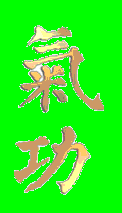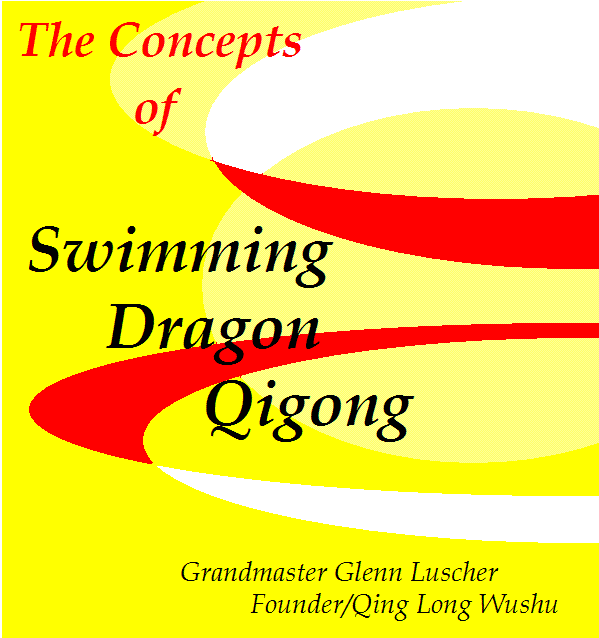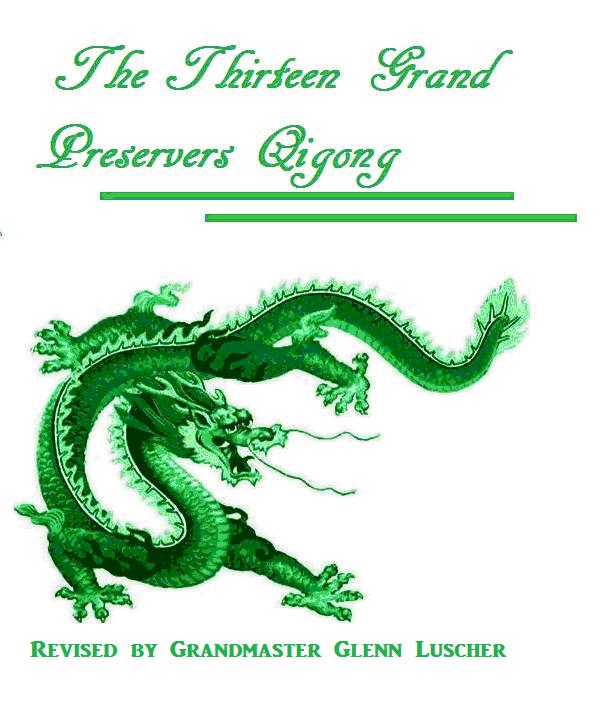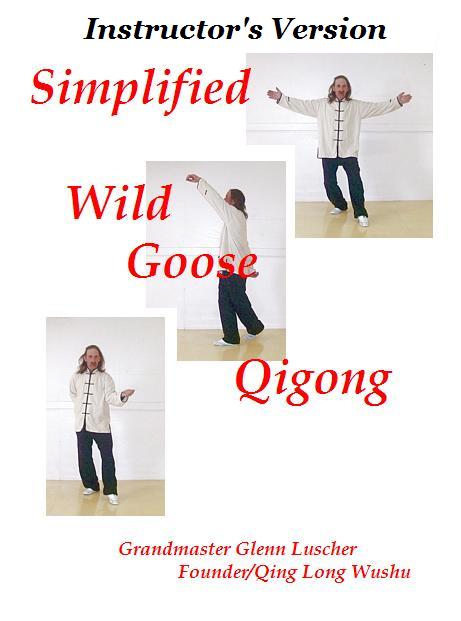Qigong (chi kung, also chi gong), is the study of internal energy (qi) of man, which is about 4,000 years old. We understand Qi by modern methods as bio electricity. This bio electricity flows throughout the body and is useful for maintaining proper organ function, cell replacement and regeneration, the preventing and curing of illnesses, and personal enlightenment.
Through the years many forms or exercises have been developed to enhanced health and prolong life. Within the wushu community qigong exercises were taught to students before kicking and striking techniques. These exercises help make the student more flexible and stronger to meet the demands of everyday training.
Qigong can be divided into four categories; still hard, moving hard, still soft, and moving soft. Each category has a specific purpose and benefit to the martial artist. Within the four categories, while practicing, the martial artist must pay attention to regulating the body, regulating the breathing, regulating the mind, regulating the Qi, and regulating the spirit. The goal for the internal stylist is to build the Qi energy, then to bring it to the extremities (feet and hands). While being relaxed, the martial artist is able to deliver a devastating strike. These strikes are more penetrating than those relying on muscular strength which causes pain or injury to or nearer the surface of the body. The study of qigong is broad and takes years to master.
This form of exercise originated from the Daoist qi-ingesting technique and was later absorbed and incorporated by internal Wushu exercise. It serves to stabilize and invigorate one's vital energy.
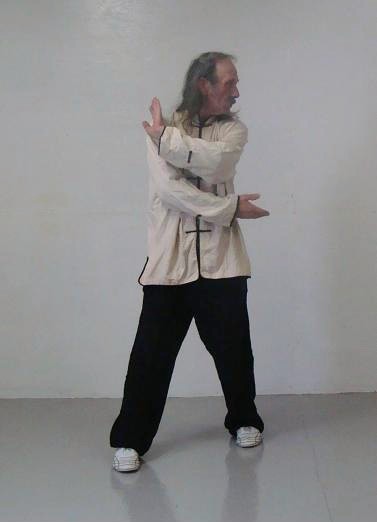
Take a step with your right foot, the toes turned inward. Point the left foot straight forward toward the heel of the right foot. Bend the knees slightly and keep them aligned with each other. Lower the hips and relax the lower back.
Raise your right arm in front of the chest, with right hand extended to the left armpit, palm facing upward and fingers separated. Wrap the left arm around the shoulders, palm facing outward and fingers pointing to the upper right. The positioning of the two arms should be well-balanced and comfortable. Turn your head slightly to the left and look toward the lower left.
Hold this posture for 5 to 10 minutes, and then change sides.
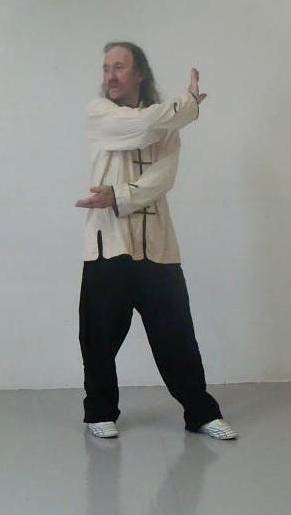
Regular practice of this exercise will enhance physical agility and improve the reflexes.
